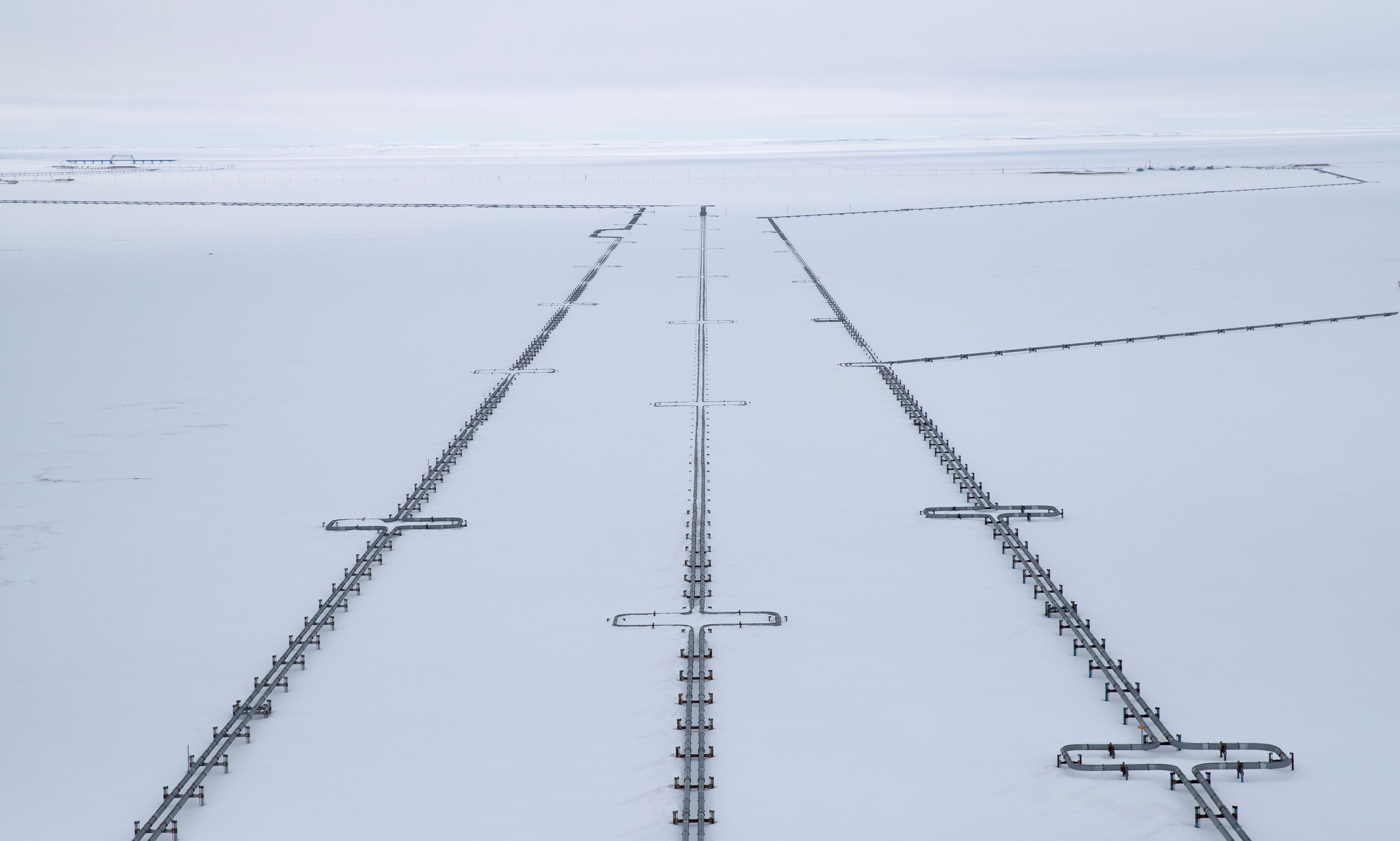Why a warming Arctic needs an investment review mechanism
An advisory board to review outside investments could help ensure economic in the regions follows best practices.

Increased investment into the Arctic over the coming decades is inevitable. To respond to this, the Arctic’s present international governance structures can be improved to help steer the region through these impending changes.
The Arctic could benefit substantially from an Investment Review Advisory Board which sits within the Arctic Economic Council and consists of advisors from each of the eight Arctic Council states.
An IRAB would apply the Arctic Investment Protocol’s guidelines to help guide and advise Arctic states on the multi-faceted, long-term impact of large-scale investments proposed for the region.
The board’s role could go a long way to ensure the Arctic continues to be sustainably and holistically developed in a way that does not threaten the Arctic’s sensitive biodiversity or harm its communities.
The warming Arctic
The Arctic’s remoteness and inaccessibility had long meant that it saw little foreign investment.
But decades of man-made climate change have resulted in the region now warming twice as quickly as other parts of the world. Retreating white ice cover and exposed sea further hastens the warming, as more solar radiation is absorbed by the dark water.
Melting sea ice has also expanded existing shipping routes in the region. Previously only accessible during summer months, the routes are now able to accommodate more ships for longer periods of the year. This has accelerated the rate of economic development and investment in the region.
In addition to experiencing a spike in cargo vessels transiting through the Arctic, the region presents enticing new opportunities in energy production, tourism and fishing.
Arctic Investment Protocol
Responding to these challenges, the AEC agreed on AIP guidelines in 2015. The protocol acknowledges the Arctic as a diverse, rapidly-changing and environmentally sensitive region, and its status as an emerging global investment opportunity.
Its guidelines include: building resilient societies through economic development; consulting Indigenous communities; protecting the Arctic environment; practicing responsible business methods; integrating scientific knowledge of the region’s ecosystems, and strengthening pan-Arctic collaboration and best practice sharing.
The AIP guidelines aim to lay foundations for responsible Arctic development. They are premised on the belief that investments into the Arctic need careful and comprehensive scrutiny, with full consideration given to a potential investment’s holistic impact across the region.
This is also because the nature of investments — particularly in energy and infrastructure sectors — is a long-term, multifaceted game. Any negative ramifications to Arctic communities and delicate ecology may not be immediately evident, but could play out over decades.
The Arctic Investment Review Advisory Board
Advisors on an IRAB could use these AIP guidelines to analyze any proposed investments entering the Arctic region.
They would assess projects for impact on the environment, the local communities and advise Arctic governments and communities on the pros and cons of such proposals.
Governments would still remain the final approver for proposed investment projects, but IRAB would provide objective and robust advice.
This would be particularly helpful as the investment space will likely be tangled and complicated by emerging geopolitical tensions between global strategic powers, the U.S., Russia and China.
The IRAB would allow the AEC to take a proactive stance and start steering the future of the Arctic region. To act now could safeguard the Arctic against investments that intentionally or unintentionally negatively impact the regional environment and people.
The IRAB should be forward-looking and conform to international best practices. It would examine high-value proposals by interests outside the Arctic for acquisitions or investment projects into the region.
It should apply the AIP guidelines on sustainable development. These should be strictly adhered to before and during all stages of the investment, from proposal to project conclusion.
This board would consist of members of Arctic Indigenous communities and other local stakeholders, as well as government representatives and private industry figures from the Arctic Council states.
Implementation and challenges
Of course, implementing the IRAB will be challenging. Realpolitik will likely pose significant barriers for forming consensus over the members of this advisory board.
Russia will likely want to have significant sway, given nearly two of the four million residents of the Arctic and near sub-Arctic region are Russian and most investment projects today are in its lucrative oil and gas sector.
While there may be challenges to its implementation, the AEC must take bold steps and move towards establishing a body which can comprehensively review investments into the Arctic.
While the advice produced by IRAB may not always be enforceable, it can induce greater procedural awareness and adherence to the AIP, as well as transparency of state actions.
Failing to take courageous and forward-thinking actions now to strengthen investment review mechanisms beyond AIP guidelines, will mean the Arctic faces risks from unsustainable and irresponsible developments, which are still entirely preventable.
Helen Zhang is a 2020 Master in Public Administration graduate from the Harvard Kennedy School with a background in law and foreign policy.

The views expressed here are the writer’s and are not necessarily endorsed by the Arctic Initiative or ArcticToday, which welcomes a broad range of viewpoints. To submit a piece for consideration, email commentary (at) arctictoday.com.